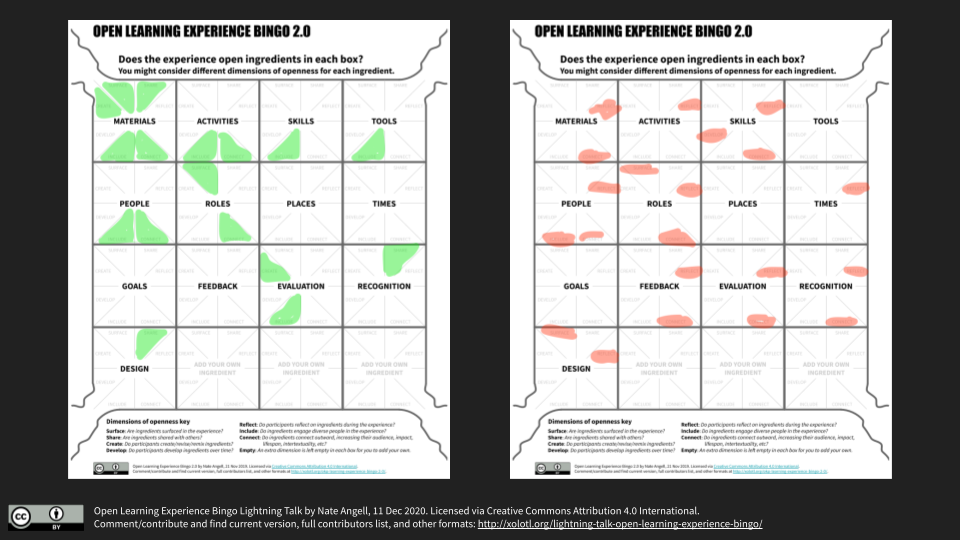Recommended Resource:
I recommend adding this doctoral research article on developing open education practices (OEP) in British Columbia, Canada. The scholarly article is released by Open University, a U.K. higher education institution that promotes open education.
Paskevicius, M. & Irvine, V. (2019). Open Education and Learning Design: Open Pedagogy in Praxis. Open University, 2019(1). DOI: 10.5334/jime.51
A relevant excerpt from the article reveals the study results that show OEP enhances student learning:
"Furthermore, participants reflected on how inviting learners to work in the open increased the level of risk and/or potential reward and thereby motivated greater investment in the work. This was articulated by Patricia who suggested “the stakes might feel higher when someone is creating something that’s going to be open and accessible by a wider community” as well as Alice who stated “students will write differently, you know, if they know it’s not just going to their professor.” The practice of encouraging learners to share their work was perceived by Olivia to “add more value to their work,” by showing learners the work they do at university can “have an audience beyond their professors.”"
